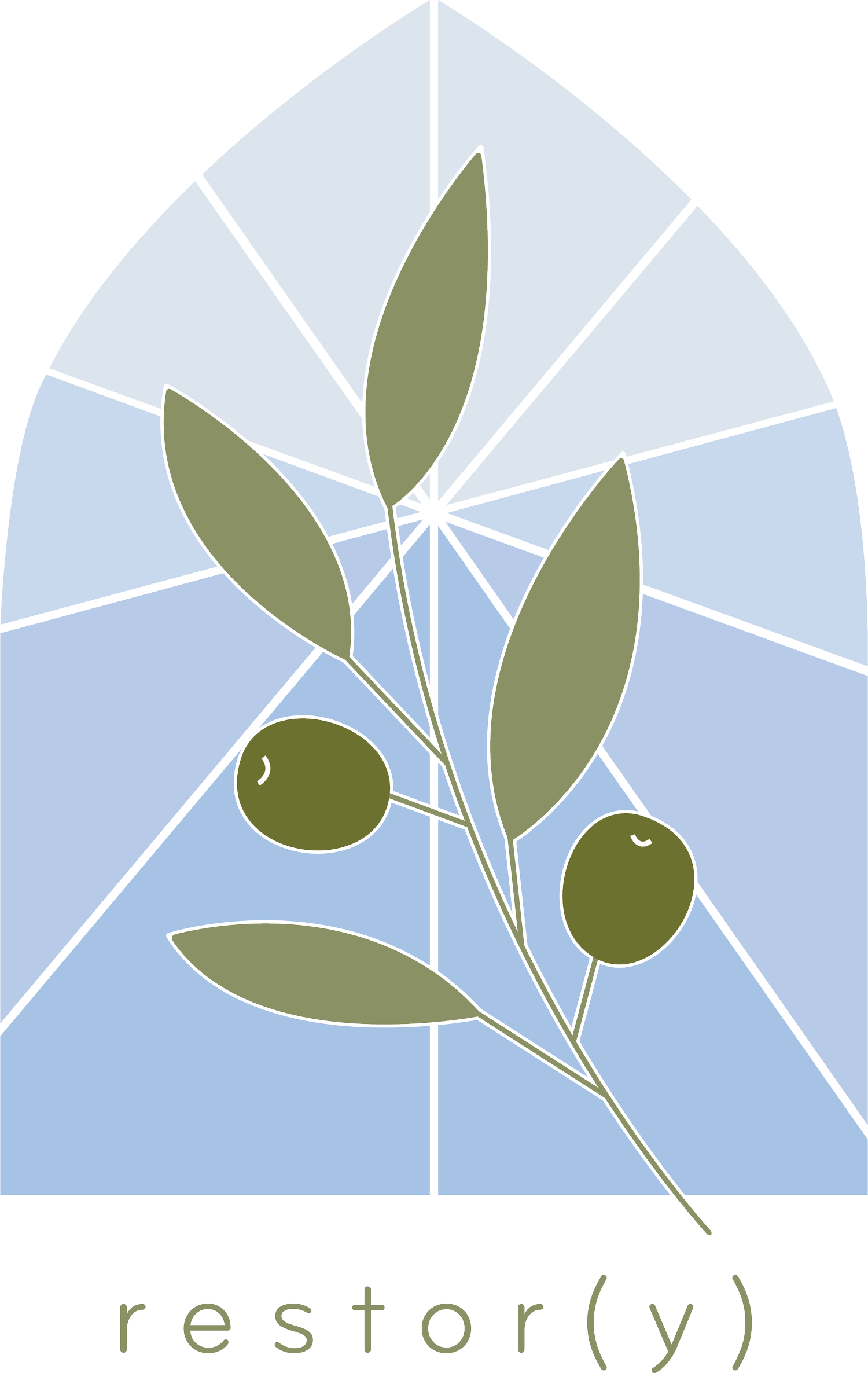A Restorative Epiphany (And A Little Halloween)
I’m writing this blog on Halloween night. It is meant to be a reflection on Epiphany, a season that beckons the church towards imagination, but I am caught thinking of Charles Schulz’ It’s The Great Pumpkin, Charlie Brown. Have you seen that classic children’s cartoon? Can you picture the small bodies cloaked by white pillow cases with holes for eyes, some a bit too many holes. Can you hear Linus’ impassioned plea that people join him on Halloween night to wait for the arrival of the Great Pumpkin? His conviction and belief in this holiday icon is inspiring. We wait with Linus, we want him to be right. We desperately want him to have chosen the most sincere pumpkin patch so that he might get a glimpse of the Great Pumpkin. We wonder what the Great Pumpkin is supposed to look like and are crushed, right alongside Sally, when no one but Snoopy shows up. Yet, Linus is not deterred. In his closing soliloquy, Linus declares that next year will be different, next year he will see the Great Pumpkin, and despite our knowing there is no such being, we cannot help but be endeared to Linus’ determination. We hope next year will be the year he encounters this figment of his own imagination.
Linus’ central line throughout this children’s classic is, “The Great Pumpkin rises out of the pumpkin patch.” It is this imagery of a hero of sorts rising out of a dark and lonely pumpkin patch that has me contemplating a cartoon when I am supposed to be writing about the church calendar season of Epiphany. One of the central scriptural texts used at Epiphany is Isaian 60:1-3, “Arise, shine for your light has come and the glory of the Lord rises upon you. See darkness covers the earth and thick darkness is over the peoples, but the Lord rises upon you and his glory appears over you. Nations will come to your light and kings to the brightness of your dawn.” The glory of the Lord rises upon you… the Lord rises upon you. Can you see it? In a field of great darkness, something is rising, but it’s not a fictional character. It is the Creator of the universe and as he rises he brings light to a people who are cloaked not in pillow cases with holes for eyes but in thick darkness and great suffering. As I contemplate what it looks like for the church to celebrate a trauma informed Epiphany, I am drawn to Linus, and am reminded that quite often celebrating a trauma informed Epiphany will require us to be like Linus standing with great hope and conviction in the midst of a field filling with darkness.
Trauma informed ministry requires us to have an imagination. It asks us to consider if the darkness that so often covers our world is all that can be or if there is something more. Walter Brueggemann calls Christians to a “prophetic imagination” and Willie James Jennings calls us to a “Christian imagination.” Both authors are seeking to remind those of us who serve Jesus that we are called to look beyond what is and to the Kingdom God is establishing. We are to look into the darkness and dare to see the ways in which the Lord is rising. As we look and behold the glory of the Lord amidst the darkness, we are to live in such ways that the light of God shines through us, we are to bring change through our lives and actions. Like Linus, we are to be passionately convinced that even in the darkness hope will indeed rise. However, unlike Linus, we are not placing our hope in a fictional character but in the God of the universe who chooses to suffer with his people so that he might lovingly restore all that is broken.
This is what the season of Epiphany is all about, it’s about seeing how God is rising out of the darkness. It’s about calling people to wait with us in expectation for the glory we will encounter when we seek God in our dark and broken pumpkin patches. It’s about sitting with others in their fields of pain so that if they are too tired to watch for the rising of the glory of God, we can watch for them. It is about boldly crying out, "There he is!" whenever we catch a glimpse of that glory. Epiphany is a season of continuing to imagine even when everyone else has given up hope. It is recognizing that the world is full of brokenness, but newness is possible because we serve the God who rises out of the darkness.
